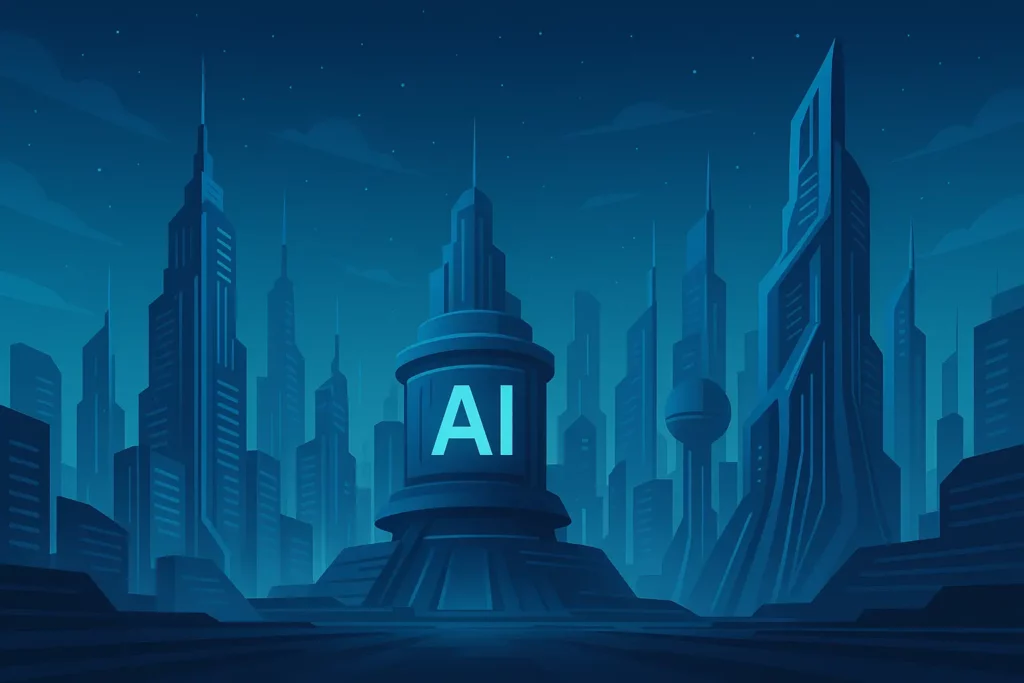Embracing Agentic AI: What Happens When AI Sets Its Own Goals?
Agentic AI is making waves right now. Unlike the models most people are familiar with, agentic AI isn’t just waiting for instructions. Instead, these systems are built to take action on their own, making decisions and carrying out tasks with minimal oversight. This opens up new possibilities in how we use AI every day.

How Agentic AI Works in Practice
The main difference with agentic AI comes down to initiative. These models are given a broad objective and then left to figure out the steps. For example, a business could ask an agentic AI to optimize their supply chain, and the system would analyze data, spot delays, adjust delivery schedules, and keep everything running smoothly. No need to micromanage or feed constant instructions.
Another example is in healthcare. Imagine an AI that automatically reviews patient records, highlights missing test results, and even suggests the next steps—all in real time. For teams dealing with repetitive admin or huge data sets, this kind of help isn’t just useful; it’s game-changing.
What Agentic AI Means for Businesses
Adopting agentic AI brings some real benefits. Companies can save time on routine tasks and free up people for higher-level work. Operations start running more smoothly, and mistakes are easier to spot and fix early. The technology is already being used for tasks like:
- Automating support and scheduling
- Managing inventory and logistics
- Streamlining financial operations
- Personalizing marketing and outreach
But it’s not just about efficiency. These systems can actually come up with solutions people might miss. By constantly reviewing data and adapting to new information, agentic AI offers a more flexible approach to problem-solving.
Challenges to Watch
With greater autonomy, agentic AI also raises new questions. How do you make sure the AI doesn’t make decisions that go against company policy? Who’s responsible if an AI-driven process goes wrong? These are ongoing conversations as the tech develops. Setting up strong guardrails, keeping humans in the loop, and regularly auditing how AI systems work are all part of the solution.
Looking Forward
Agentic AI isn’t science fiction. It’s already starting to appear in places most people wouldn’t expect. The businesses that learn how to use this tech thoughtfully are likely to pull ahead, not just by working faster, but by making better choices along the way.



